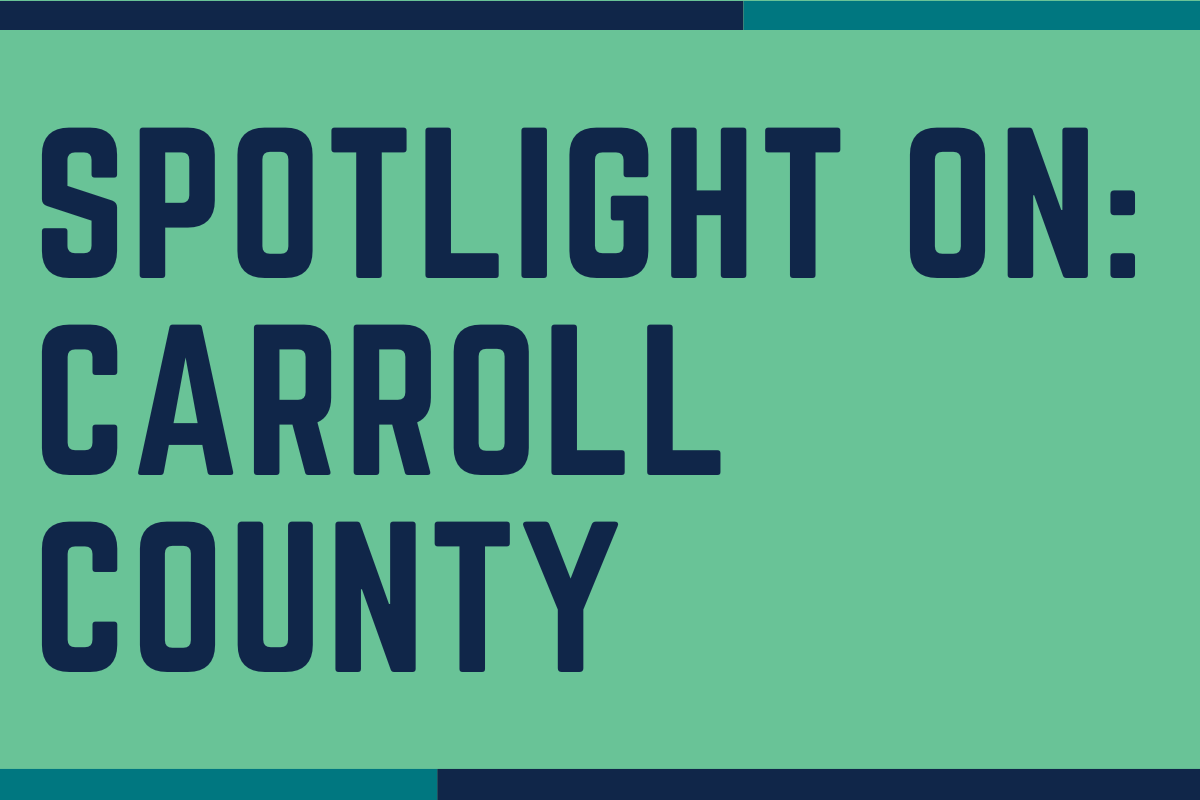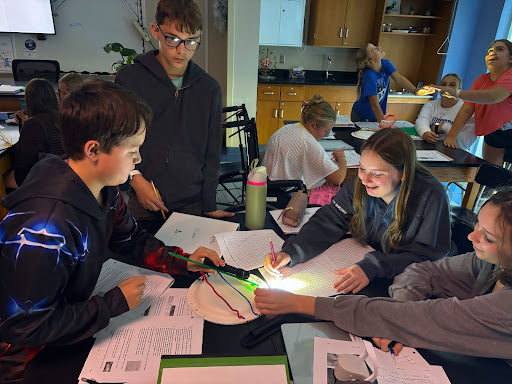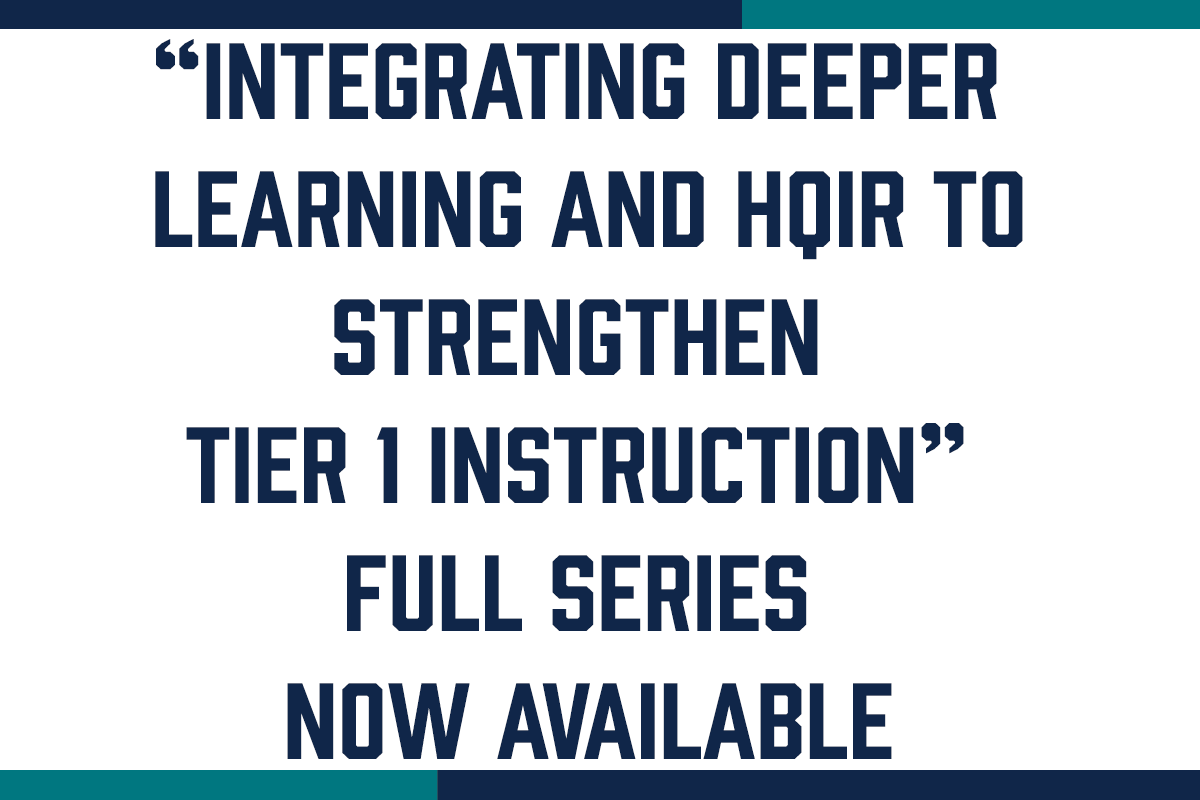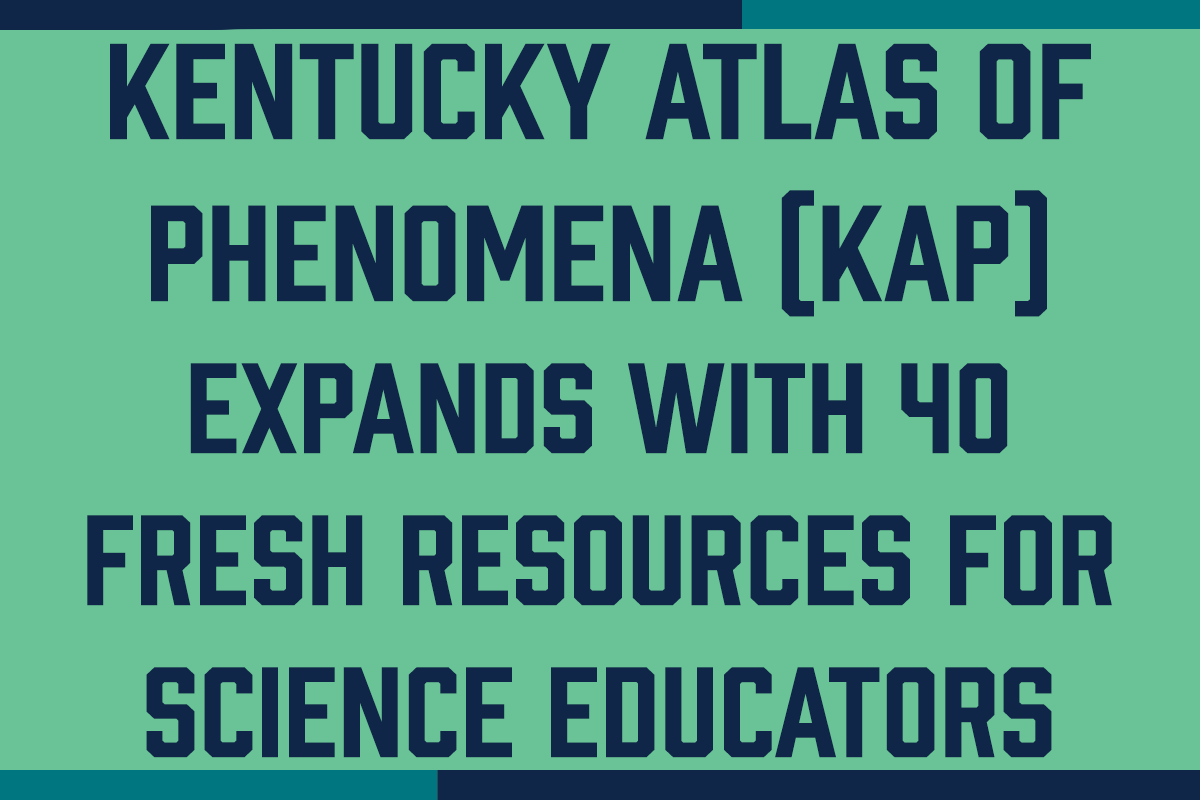
Building a Stronger System: How Carroll County Transformed Instruction Through Walkthroughs
Identifying the Need: A District in Transition
Change was happening fast in Carroll County—new leaders, new priorities, and new instructional resources. But with so much in motion, one critical piece was missing: a clear, consistent way to monitor what was happening in classrooms. Without a structured system, district leaders knew they didn’t have a full picture of instructional practices across schools. The need became even more urgent when the district’s middle school was identified for Comprehensive Support and Improvement (CSI). An external audit confirmed what leaders already suspected—they needed to strengthen their walkthrough and monitoring process to ensure every student had access to high-quality instruction.
Before launching a systematic approach, administrators were visiting classrooms regularly, but their schedules weren’t structured, and they didn’t have a common tool to collect data. Each leader used their own format for observations and follow-ups, creating pockets of strong instructional practice but no reliable way to scale success districtwide. With the adoption of high-quality instructional resources (HQIRs) in reading and writing, math and science, district leaders knew they had to step up their monitoring efforts. It wasn’t just about collecting data; it was about using that data to drive real change in classrooms.
Designing the Walkthrough System: A Collaborative Approach
When creating a districtwide monitoring system, Carroll County knew they didn’t need to start from scratch, but rather they needed to build on what worked while refining what didn’t. District and school leaders knew they needed a common approach, but they also wanted a system that could evolve based on real feedback from educators. Rather than relying on individual schools to develop their own monitoring tools, leaders came together to research best practices, analyze past experiences with instructional rounds, and explore new approaches. They asked key questions: What had worked well in the past? What needed improvement? What other models could they learn from? By combining elements of proven strategies and tailoring them to the district’s needs, they created a walkthrough process designed for consistency, collaboration, and impact.
The process started at the district level where leaders worked closely with principals and instructional coaches to design a tool aligned with their HQIRs. They developed a districtwide system for conducting classroom walkthroughs, analyzing data, and providing targeted feedback. The implementation was intentional—first, training district and school leaders on the walkthrough tool, and then ensuring teachers understood the purpose and impact before launching the process.
The district wanted to ensure they weren’t just gathering data. This shift was about using the data to drive meaningful change. And by keeping feedback at the center, the district ensured the system remained a tool for growth, not just compliance.
Turning Data into Action: How the Walkthrough Process Works
Carroll County designed a walkthrough tool using Education Walkthrough to track instructional implementation. This digital platform allowed the district to customize templates aligned with the Kentucky Department of Education’s (KDE) Instructional Practice Guides (IPGs), ensuring walkthroughs focused on the essential components of high-quality reading, math, and science instruction.
The process is more than just observation, it’s a cycle of continuous improvement. Before each walkthrough, district and school leaders hold a pre-brief meeting to align on focus areas and expectations. Then, during the walkthrough, administrators and instructional coaches from across the district visit classrooms together, collecting real-time data on instructional practices. Following the observations, teams participate in a post-walkthrough debrief, where they analyze trends, discuss instructional strengths, and identify areas for growth. This structured feedback loop allows educators to make informed decisions that directly impact student learning.
With this evolving process, the district has moved beyond simply ensuring teachers are using high-quality instructional resources. Now, the focus is on how they are being implemented, what the data reveals about student learning, and the next steps needed to drive improvement. By keeping the focus on growth, the walkthrough process has become a powerful tool for strengthening instruction, fostering collaboration, and ensuring every student receives vibrant learning experiences.
Data-Driven Professional Learning
From a district perspective, the biggest win has been seeing a culture of continuous improvement take hold. Buildings are not only identifying areas for growth—they’re actively using that data to make strategic adjustments, provide support, and ensure best practices are implemented consistently. Jeannie Rohrer, Supervisor of Instruction in Carroll County, says, “PLCs are now able to work on curriculum-based professional learning, looking at unit and lesson internalization and analyzing student work together. These tools have really brought the big picture into focus and connected the dots for us.”
Perhaps one of the biggest shifts for school leaders has been in how professional learning is planned and delivered. Instead of taking a one-size-fits-all approach, the district and schools are using walkthrough data to design professional development that directly addresses their staff’s needs. Rohrer says, “We look for commonalities across the district and determine what supports and professional learning are needed from the district level. Schools also identify specific needs for their building and then they are able to address those at the school level.”
With stronger instructional alignment and more intentional professional learning, students are benefiting from more cohesive, high-quality learning experiences across grade levels. The district says their initial monitoring data showed a need to improve the use of high-yield, evidence-based practices and student engagement strategies, leading to the implementation of instructional resources that are engaging, relevant, and accessible and classroom strategies intended to increase student collaboration and communication. In response, they have seen an increase in student communication and engagement and a decrease in behavior referrals.
The early results are clear: This process is working. Schools are making measurable progress between walkthroughs; teachers are more engaged in data-driven decision-making; and students are experiencing more effective instruction. With these successes in place, the district is confident that this approach will continue to drive meaningful, long-term improvement.
Lessons Learned: Advice for Other Districts
For districts looking to implement a similar monitoring process, one key lesson stands out: Embrace the learning process. Creating a system that drives long-term instructional improvement doesn’t happen overnight. It requires ongoing reflection, adjustments, and a commitment to continuous growth.
One of the most valuable strategies the district adopted was the mindset of going slow to go fast. Rolling out a major initiative gradually—while ensuring all stakeholders understand the process—helps build a strong foundation for success. Collaboration between district and school leaders has been essential, ensuring that walkthroughs are not just about compliance but about meaningful instructional improvement.
Another major takeaway: Narrow your focus. By concentrating on specific instructional priorities, rather than trying to monitor everything at once, schools have been able to make more targeted improvements. The process has reinforced the idea that nothing becomes systematic without a clear system, having a defined structure for collecting and analyzing data has made all the difference.
Most importantly, district leaders have learned to be patient. It’s natural to feel pressure to get everything right immediately, but meaningful change takes time. The district has grown in its ability to ask the right questions, analyze data through a more strategic lens, and make adjustments as needed. Rohrer says, “At first, we were stressed about whether we were doing it right, but over time, we’ve learned to be okay with the process.”
For districts embarking on a similar journey, the message is clear: Trust the process, remain flexible, and focus on progress over perfection. The data doesn’t lie—when implemented thoughtfully, a strong walkthrough system can be a powerful driver of instructional growth, creating lasting improvements for both teachers and students.



